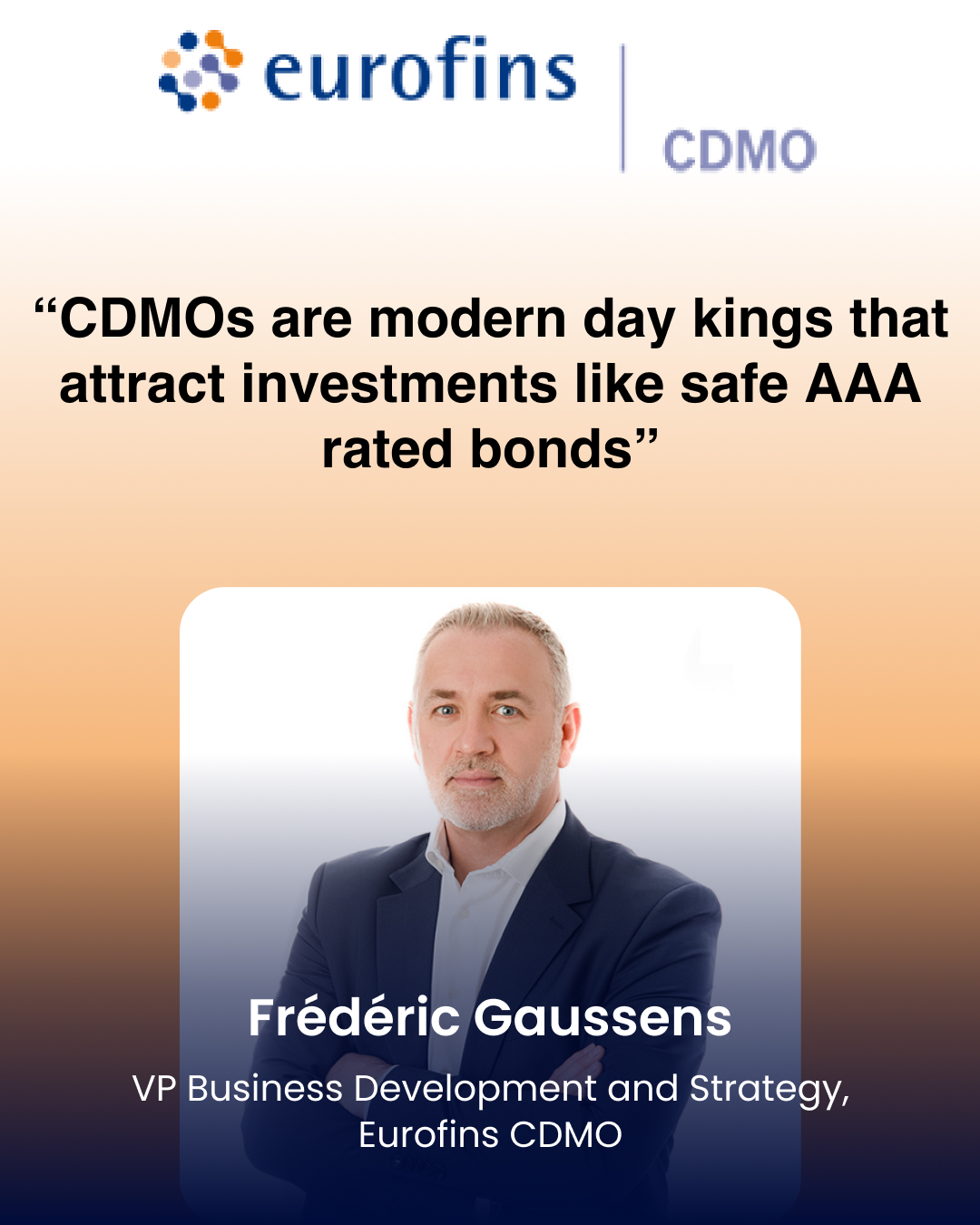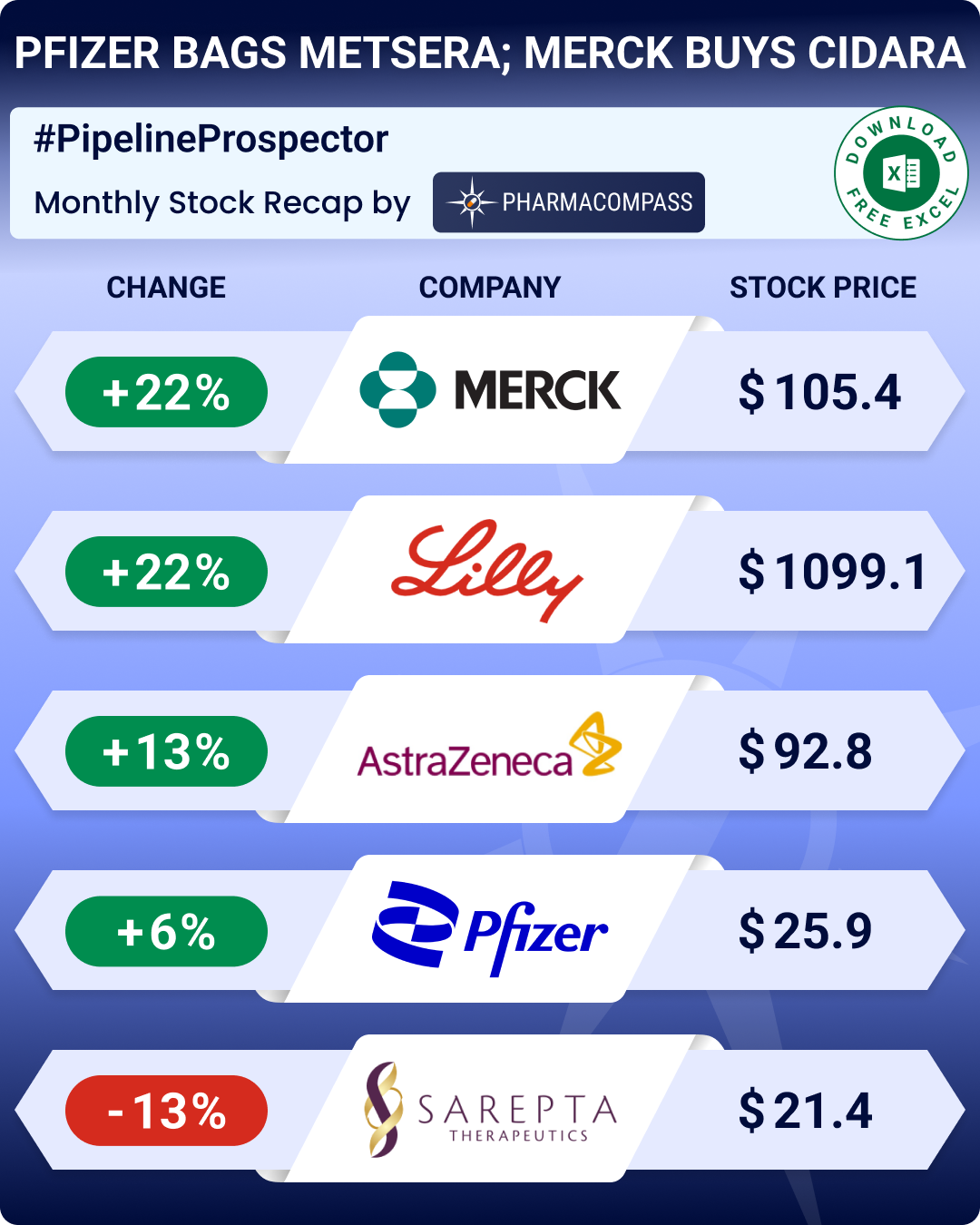
#SpeakPharma with Eurofins CDMO
2021-01-25
Impressions: 6304
This week, Frédéric Gaussens, VP Business Development and Strategy, Eurofins CDMO Europe, is back on SpeakPharma. Eurofins CDMO provides drug development and manufacturing services. Gaussens talks about the recent trends in the CDMO industry, their importance in the drug supply chain, ways to select the right CDMO for your drug company, and the way forward.
What’s your view on CDMOs? What importance do CDMOs hold today in the pharmaceutical supply chain
The concept of CDMOs is rather new because until 15 years ago, the outsourcing market was driven essentially by contract research organizations (CROs) that were witnessing the end of a decade of consolidation. Until five years ago, contract manufacturing organizations (CMOs) were offering their production capacity, and at that time contract development and manufacturing organizations (CDMOs) were still marginal.
All of a sudden, we have seen an increase in the number of companies calling themselves CDMOs. They have become more technology driven and capital intensive and offer a mix of complex expertise (formulation, manufacturing, analytics, clinical packaging with cold conditions) and different quality levels depending on molecule toxicity (highly potent, cytotoxic).
Today, in the outsourcing industry, CDMOs are like modern day kings and a good CDMO offers gold value. It attracts investment money much like the safe AAA rated bonds.
The costs of entry for newcomers within the CDMO arena are huge, especially in the field of fill and finish or for building capacities for gene therapies.
Aren’t there too many different kinds of CDMOs in the market today?
Yes, there are a number of players with different focuses. For instance, some CDMOs are active within the drug substance field, while others work only within drug products. Some have a biological focus, while others have a chemical API focus. Some have development capabilities, while others are manufacturers only. Some focus on the earliest phases of drug development, while others rely on later phases and on huge commercial production volumes. Similarly, some have innovative niche technologies, while others are still focusing on conventional forms of molecules.
However, as the CDMO acronym becomes the new standard, there is a huge difference in the offerings and competencies depending on whether the company is a CdMO or a CDmO. A big “D” small “m” versus a big “M” small “d” are not the same kind of entities (with the capital letter denoting more focus given to “D” and “M” i.e. development and manufacturing).
As far as I’m concerned, I differentiate CDmOs with CdMOs. While the CDmOs are leveraging their limited capacity of manufacturing to fully support the development pathway of their clients with efficiency, the newly converted CdMOs are looking to penetrate the earliest phases of the supply chain to offer end-to-end services or to fill their free capacity, normally dedicated to larger scale of production.
Why is the valuation of most CDMOs so unrealistically high?
Post the sub-prime crisis of 2008, like other industries, the pharmaceutical industry also focused a lot on cutting costs. As a result, outsourcing became the preferred choice for the industry and a lot of employees were made redundant and facilities were shut down or sold to CMOs. The industry’s focus shifted to the most promising molecules with a higher probability of success.
The outsourcing policies also created a new wave of startups where some started without a molecule but perhaps a brilliant idea, while others acquired molecules which were no longer a priority for their former employers. And then there were virtual companies of just one or two individuals. However, all of them needed support from a CDMO to help progress their molecules to the clinic.
The development of the outsourcing industry combined with accommodating policies from central banks across the world, who supported financial institutions through quantitative easing (QE), resulted in a massive flow of incremental money in the most promising gold nuggets throughout capital development or private equity. CDMO traction became an attractive proposition for those investments as well.
Combining this flow of money with the scarceness of attractive targets on sale created a very narrow funnel of acquisition opportunities leading to a price inflation on valuation. Added to this was the evolution of low interest rates, which made cash available for investing rather than for saving. Consequently, the combination of the flow of money, few opportunities and negligible interest rates have pushed up the M&A valuations with huge multiples on EBITDA (earnings before interest, taxes, depreciation, and amortization).
Do you see the valuations coming down in the medium term?
In my view, the medium-term outlook does not suggest any cooling down of this trend to “buy at any price”. Despite the economic downturn created by the recent SARS-CoV-2 virus outbreak, I do not expect a significant impact on the well-established CDMOs in the market. Nevertheless, considering the limited number of ‘potential’ high-value targets, lack of capacities at a global level, and high demand for their services, I am not sure how much money will be pumped in by investors, given the overall gloomy outlook for investments. Would they challenge the “build” concept or the “buy” concept? Whatever be their answer, the fact is that building extra capacities, getting them up and running as well as getting them approved by regulatory bodies is a time-consuming exercise.
How can customers choose the right CDMO?
Clients need to remember that a CDMO is akin to a baby-sitter for their project. There are a lot of small companies that need support and coaching to bring their clinical compound to the proof of concept level, while there are others that need full support under tight timelines due to their funding constraints.
Customers invariably need expertise and flexibility that only a real CDMO can offer.
Then there is the issue of cash flow management. A majority of biotechs get funded if they continue to respect the deadlines, they have with their investors to achieve key milestones. Clients need to speak with CDMOs to get a feeling of whether their project will be a priority or not, as low prioritization could result in extended timelines and delays. These delays can affect a client’s short term cash position as it increases the cash burn which eventually starts killing them softly.
A high quality, human-orientated CDMO with the expertise and flexibility to achieve key relevant milestones should rank high for a biotech trying to choose a partner. A real partner like us, Eurofins CDMO, works on educating clients on what is feasible, and what is not.
It’s worth mentioning that although important, price is a secondary consideration for well-funded customers. Short-term cash and cash flow management still remains the number one consideration (and constraint) for a majority of biotechs. As far as I’m concerned, the cash-flow management for the small biotech is my biggest fear for the period 2021-2022 due to the collateral impact from the SARS-CoV-2 crisis. There has been so much focus on the coronavirus that raising funds for any other kind of disease might become even more difficult.
Can you talk about some of the emerging opportunities within the CDMO space?
Clearly, there is a shift towards biologics, which now accounts for almost 35 percent of the pipeline in number and boasts of a big share of the US$ 188 billion R&D spending in 2020 (as per a recent report by Evaluate Pharma).
As a result, the attractiveness of those (clients and subcontractors) positioned on the more conventional dosage forms for small molecules (such as oral, liquids and capsules) has been impacted. While biologics or injectable forms are showing double-digit growth, the conventional dosage forms for small molecules have shown low, single-digit growth rates (2 to 3 percent per annum).
Overall, innovative technologies, services from drug substance to fill and finish, especially for biologics, parenteral for small scale manufacturing, highly potent and cytotoxic capacities are drastically missing in the market. The scarceness of CDMOs offering these services is linked to a significant barrier to entry — the huge cost of investment and timelines needed for being ready to operate.
The boom in personalized medicine for the treatment of various kinds of cancers and genetic disorders is also increasing, but the lack of combined development and production capacities are creating a bottleneck, fueling the fire for buying at any price.






